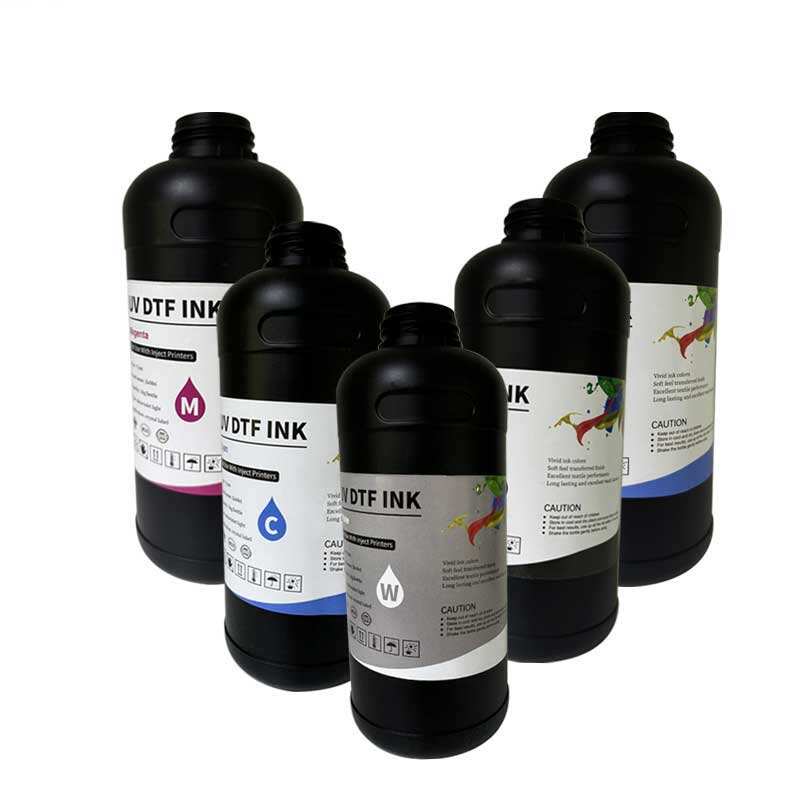screen stretcher machine
A screen stretcher machine is an advanced piece of equipment designed specifically for the precise tensioning and stretching of various screen printing materials. This sophisticated device ensures consistent and accurate tension across the entire surface of the screen, which is crucial for achieving high-quality printing results. The machine typically features pneumatic or mechanical clamps positioned along its frame, providing even pressure distribution during the stretching process. Modern screen stretchers incorporate digital tension meters that allow operators to monitor and adjust tension levels with precision, ensuring optimal screen preparation for different printing applications. The machine's robust construction, usually made from industrial-grade aluminum or steel, provides stability during the stretching process while resisting warping or bending under tension. Advanced models often include programmable controls that enable users to store and recall specific tension settings for different mesh counts and applications, streamlining the setup process for recurring jobs. The screen stretcher machine can accommodate various frame sizes and mesh types, making it versatile enough to handle both small-scale artistic projects and large-format industrial printing requirements.


